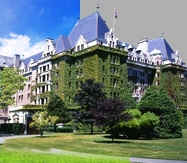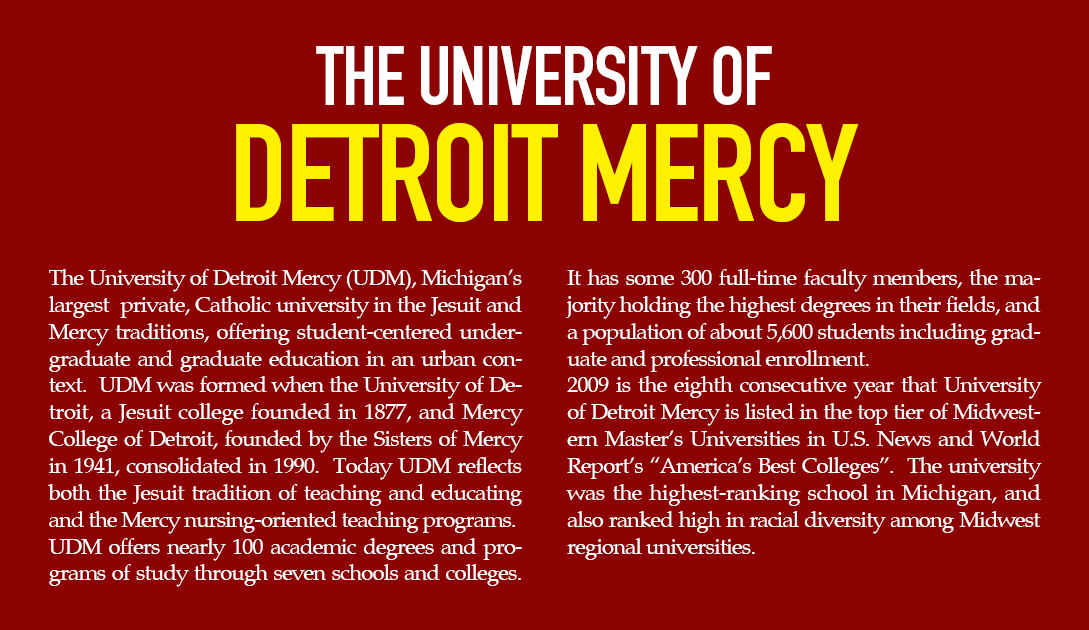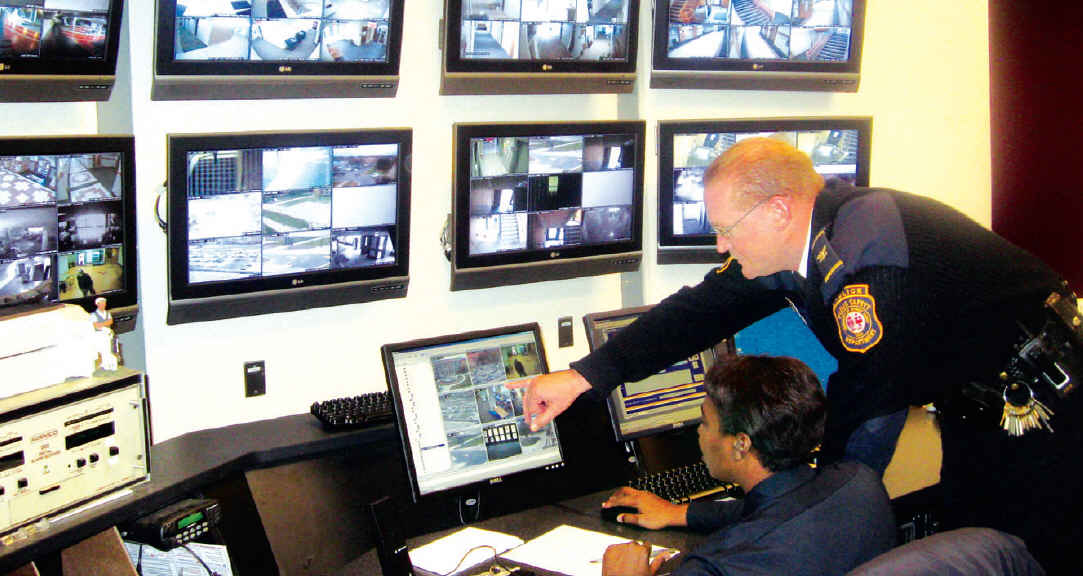By Joel A. Gallihugh


SECURITY EFFORTS
You have to spend money to buy security, as every college administrator and every public safety manager knows. At the University of Detroit Mercy (UDM), access control is considered one of the most important layers of security it can utilize for its institution. Besides access control the university also employs an alarm system, a camera system and entry-point checks -- layer upon layer, all going to make the campus as safe and secure as possible. The university starts from the outside and works inwards with its security, continuing to add new layers to make it the most effective security system possible.
STARTED IN 1997
Detroit Mercy has three campuses, the McNichols campus on Livernois, and the professional schools, The School of Dentistry of Dentistry (Corktown) and The School of Law (Riverfront) in downtown Detroit.
Access control began about 1997 at the McNichols Campus. It started small, with the external doors of the five residence hall dorms, another system for all the labs in the engineering building, and a third system in the Loranger Architecture Building to control individual design studios and exterior doors.
Approximately 800 of UDM¡¯s 5,600 students live in the dorms; by far the largest percentage commute. For dorm students and freshmen, who live in their own hall, the access card allows 24-hour access.
Also in 1997, access control was provided at two turnstile-type pedestrian gates at the east side of the campus to accommodate the fraternity houses. The turnstiles allow students living in the fraternity houses 24-hour access to their cars.
In general, the campus is locked down completely between 10:30 PM and 6:00 AM, with just one entrance available 24/7. Of course, the turnstiles will always allow a student out; the question is getting back in.
ENLARGING THE SCOPE
The importance of access control has proved itself over the years and its scope has been enlarged since 1997. The univeristy¡¯s present access control is a PinnacleTM system from Sielox, an access control solution provider in NJ, the U.S. It allows UDM to monitor who is coming in and out of which buildings and when. The school also considers the system an investigative tool from the public safety aspect.
MULTI-USE CARD
Today its students are issued a dual-proximity quad card. This is a multi-use card with several functions -- besides access, it also serves as university ID; includes barcoding for use as a library card; and has a magnetic strip for dining services. The architecture school, however, employs swipe cards rather than prox cards to let the students into their studios.
Before the new system was activated students had to carry an ID card plus a prox card. Now everything is all in one. Before the PinnacleTM upgrade the dorms and residence life halls managed their own card systems; now Public Safety controls and monitors the systems; various branches of the university manage their own cards as individual entities, with guidance to improve and enhance from Public Safety.
UPGRADE & IMPROVEMENT
The system that was originally purchased did not completely meet the school¡¯s needs. In 2006, UDM started the review process again and ultimately put in the present PinnacleTM system in 2007. This access control system went back to the original vision of the university as a system all linked together, controlled by individual entities but managed in oversight by public safety.
The university¡¯s access control system including installation, system design, project management and university employee training was completed under the guidance of Senior Engineer, Brian Zaremba, Center Line Technologies, MI, the U.S.
The university¡¯s camera system was completely improved and renovated in phases, from the fall of 2007 through the summer of 2008. It was upgraded from an antiquated analog system to a complete IP system, compatible with the building alarm and the access control systems.
During that upgrade the College of Health Profession¡¯s building and the College of Business renovation were also put on access control. Work stations were added to the architecture, engineering, residence life and public safety buildings at the McNichols campus, as well as the public safety venue at the remote Corktown campus.
Today 11 buildings and two gates are linked through access control and a 12 building will soon be added. In the next five to ten years all 21 buildings on the McNichols campus will have access control. Several of them are already prepped and ready to go.
Public Safety and the college administration have always had a clear understanding of how they wanted access control to go -- starting with the dorm area, then extending to individual colleges. The university¡¯s vision was that access control would all be linked together, controlled by individual entities but managed in oversight by Public Safety.
In the current arrangement, Public Safety has access everywhere, 24/7. Faculty has access to all areas. But individual buildings fitted with access control are managed by their own departments or colleges -- for example, access control to all engineering labs is managed by the engineering department.
Residence halls and dorms are managed by the individual halls¡¯ administration, and the architecture building manages its own access control, as do other colleges and schools that have purchased their own systems. All students have access to common buildings like English, math, philosophy and religion. But Public Safety establishes general parameters on all exterior doors for open, closed or locked.

Public Safety Department monitors who is coming in and out of which buildings and when. (Photo by University of Detroit Mercy)
LAYERS OF SECURITY
Access control primarily serves its vital public safety function. In general it will not prevent things from growing feet and walking away, but it does help the Public Safety department determine who was in the area at the time of the pilferage, acting as another tool for public safety.
A really complete system would incorporate additional layers of security like building alarm systems, library book security systems and camera control systems. These things would be wonderful to have, but just so much fits in the budget and the safety provided by access control is, of course, paramount.

Joel A. Gallihugh is Commander of Department of Public Safety at University of Detroit Mercy (www.udmercy.edu). Gallihugh has been at the University of Detroit Mercy for nearly twenty years. His prior experience was with the Air Force Security Police (now security forces), where he served five years of active duty followed by reserve duty.
For more information, please send your e-mails to swm@infothe.com.
¨Ï2007 www.SecurityWorldMag.com. All rights reserved. |



